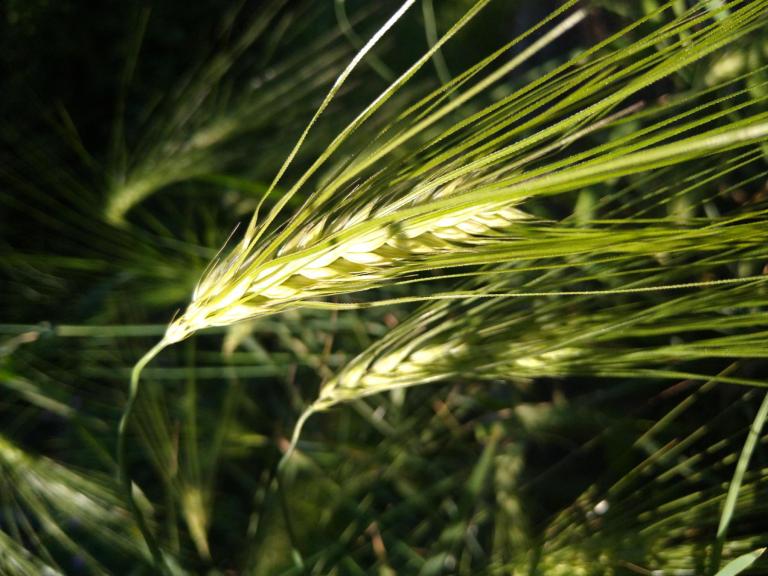One of the traditional foods eaten at Easter in the UK is the Simnel cake. This fruit cake, similar to the Christmas cake with the exception of those (debatably) delicious marzipan balls on-top, has its origins in Medieval times, when it was originally associated with Mother’s Day. Medieval recipes involved a yeast-leavened bread, although the Simnel cake we see in the shops today has benefitted from the addition of marzipan, and (sometimes) booze.

Simnel cake, typically eaten in the UK around Easter
The archaeology of bread and flour has recently been explored by Dr Ed Treasure, and while archaeobotanical discoveries of bread have been documented, a preserved Simnel cake is yet to be identified. The components of this Easter treat are however commonly identified in archaeobotanical assemblages in the UK and abroad. After consulting with everyone’s favourite former Bake-Off judge (Mary Berry), I have devised a list of common ingredients, some of the juicier ingredients will be explored below.
Grapes (Vitis vinifera)
Sultanas and raisins, easily some of the most detested ingredients of this cake, are different varieties of grapes. Grapes are one of the ‘Old World’ assemblage of fruits which originated in the Fertile Crescent (crescent-shaped region of the Near East), alongside figs (Ficus carica), date palms (Phoenix dactylifera) and olives (Olea europaea). These species are also considered to be traditional Mediterranean imports brought into Britain during the Late Iron Age and Romano-British eras. However, there is some evidence for grapes being originally introduced during early prehistory.
Cultivating new crops
It is thought that arboriculture (the cultivation of fruit trees) and horticulture (the cultivation of fruits, nuts, herbs, and vegetables) likely developed after the domestication of cereal crops as people became more settled in the landscape. There is a considerable investment in time and energy into the cultivation of fruit trees, which take several years to mature and produce food. It has been suggested that horticulture in Britain did not begin until the Roman period, in gardens such as those associated with villas.
Ancient fruits at Coleshill
Grapes generally survive in the archaeological record as charred or waterlogged grape pips, as well as charred wood. The earliest confirmed date for grapes in Britain is an Early Neolithic date on a pip from Hambledon Hill, Dorset. Grapes were also imported into Britain during the Late Iron Age and Romano-British eras, with finds of grapes from sites in London, Kent, and Doncaster. Possible evidence for vineyards has been recovered from Romano-British sites in Wollaston, in the Nene Valley. We commonly identify grapes in British assemblages from the medieval period onwards, for example recent excavations of Coleshill Moat produced grape pips preserved by mineralisation, charring and waterlogging.
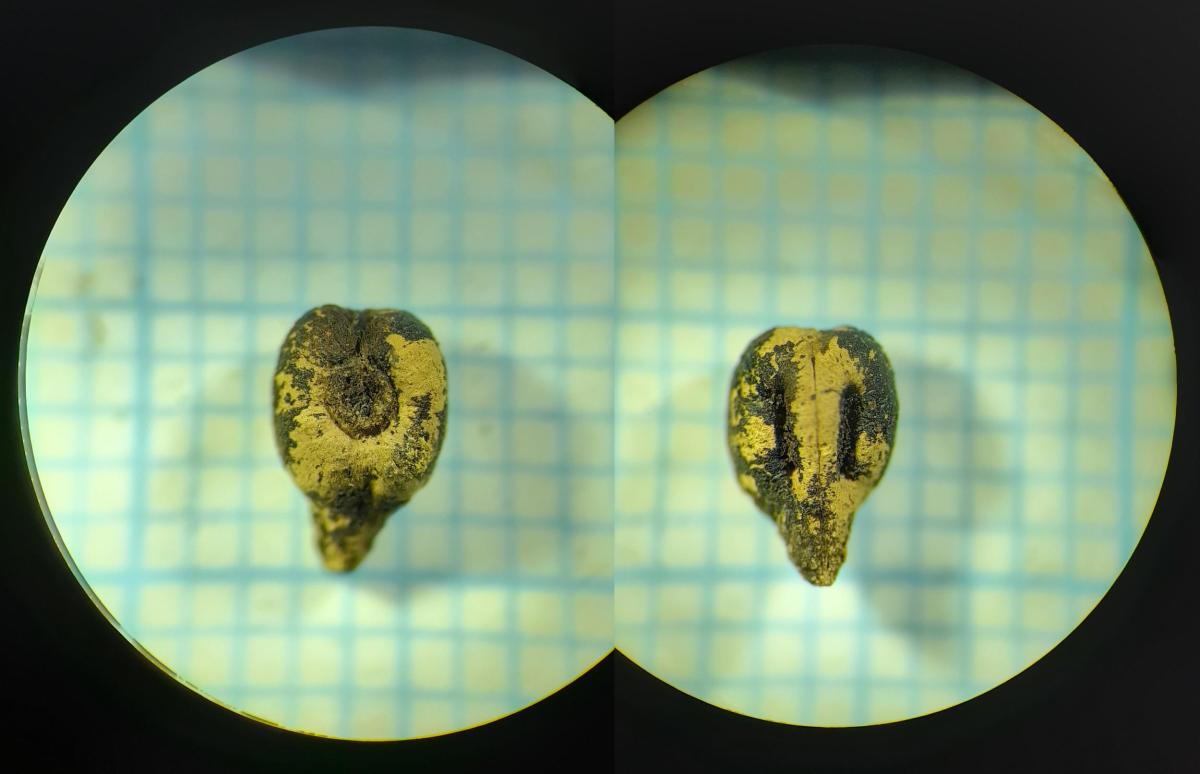
Grape (charred with mineral coating) from Coleshill Moat
Cherries (Prunus cerasus)
There are several species of cherry native to Britain, including wild cherry (Prunus avium), which is the likely progenitor to cultivated cherry (P. cerasus), bird cherry (P. padus) and blackthorns/sloes (P. spinosa). Cherry fruits were likely widely collected from wild resources prior to the formal cultivation of the tree for the fruits, which is thought to have taken place in the Greek and Roman world. We can see cherries in the archaeological record by the recovery of the accidentally charred fruit stones. The stones of sloes have been recovered in British archaeological sites from the Mesolithic period onwards, with a peak in the identification of cultivated types, which can sometimes be difficult to differentiate due to hybridisation, during the Romano-British and Medieval periods. Cherry wood of various species has been used as timber but was (and remains) valued as a particularly good wood for carving ornamental items.
Colebrook Street finds
Recently, during excavations at Colebrook Street, Winchester, a remarkable cache of waterlogged and mineralised material was identified, including cherry (P. avium/cerasus) and plum (Prunus domestica).
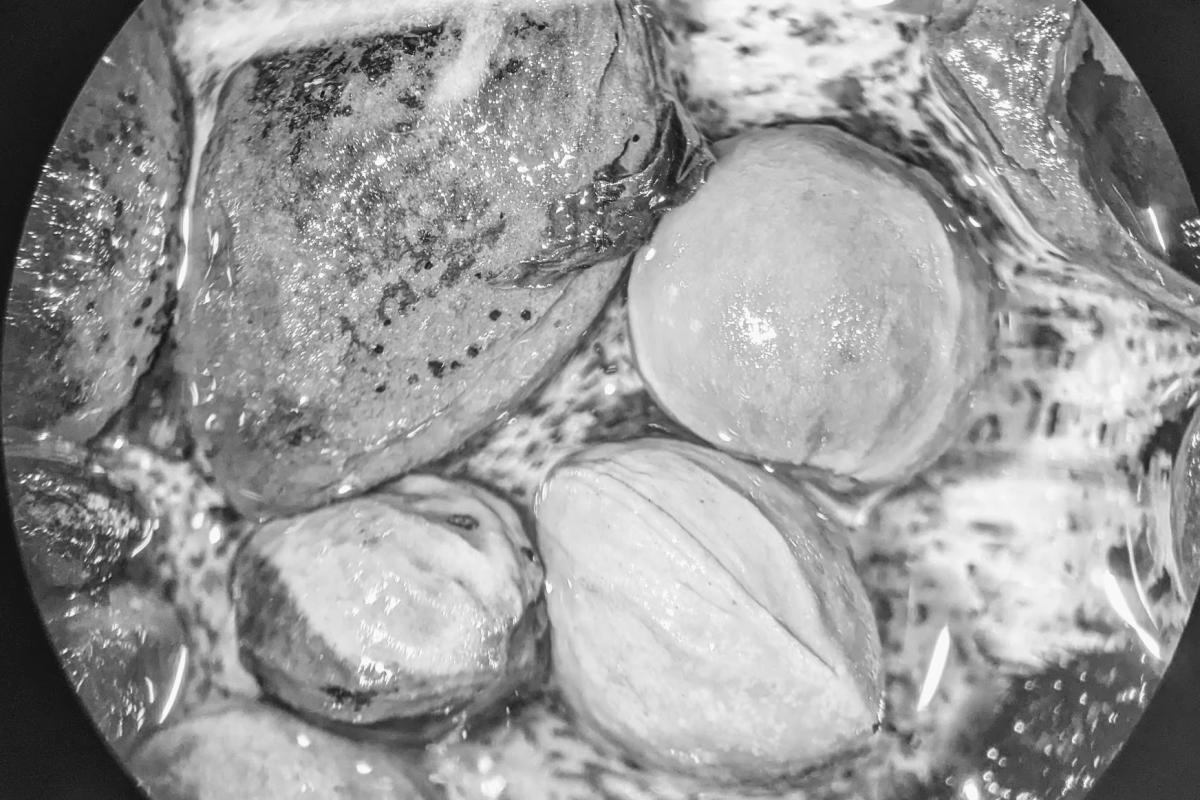
Waterlogged material including cherry (P. avium/cerasus) and plum (Prunus domestica)
Almonds (Prunus dulcis, syn. P. amygdalis, syn. Amygdalus communis)
Some might be surprised that almonds, like apricots, peaches, and cherries, are actually drupes (fleshy fruits with thin skins and a central stone). The flesh of almond drupes tends to be bitter and inedible. However, the kernel (nut) can be eaten on its own as a tasty pub snack, or be ground to make almond flour, marzipan, almond butter and is also used for its oil. Almonds originate from western Asia, where they were cultivated for thousands of years prior to being introduced to western Europe sometime around the 1st century BC. Fun fact: Desiccated almonds were identified amongst the food left in Tutankhamun’s tomb, Egypt, to aid his journey into the afterlife.
While almond trees do not grow well in British climates, they were cultivated widely in the Mediterranean basin following their introduction, something which continues today. Archaeologically, some of the earliest finds of almond nutshells in Britain have been from Romano-British burials in London, alongside other ‘exotic’ plant foods such as black pepper (Piper nigrum) and pine nuts (Pinus pinea) which were likely imported into urban areas or military sites.
Apricots (Prunus armeniaca syn. Armeniaca vulgaris)
Unlike the previous fruits discussed, apricots are new to the fruitcake scene. Apricots, alongside peaches (Persica vulgaris, syn. Amygdalus persica), are relatively new introductions into south-west Asia. They were likely domesticated in central Asia, however much about their origins remains a mystery. While apricot charcoal and fruit stones have been identified in early Medieval sites in Italy and Spain, they were not introduced into Britain until perhaps as late as the 16th century. They were subsequently commonly grown in the walled gardens and glass houses of stately homes. Thus, apricots seem to also be a new introduction to the fruitcake recipe since its inception in the Medieval period.
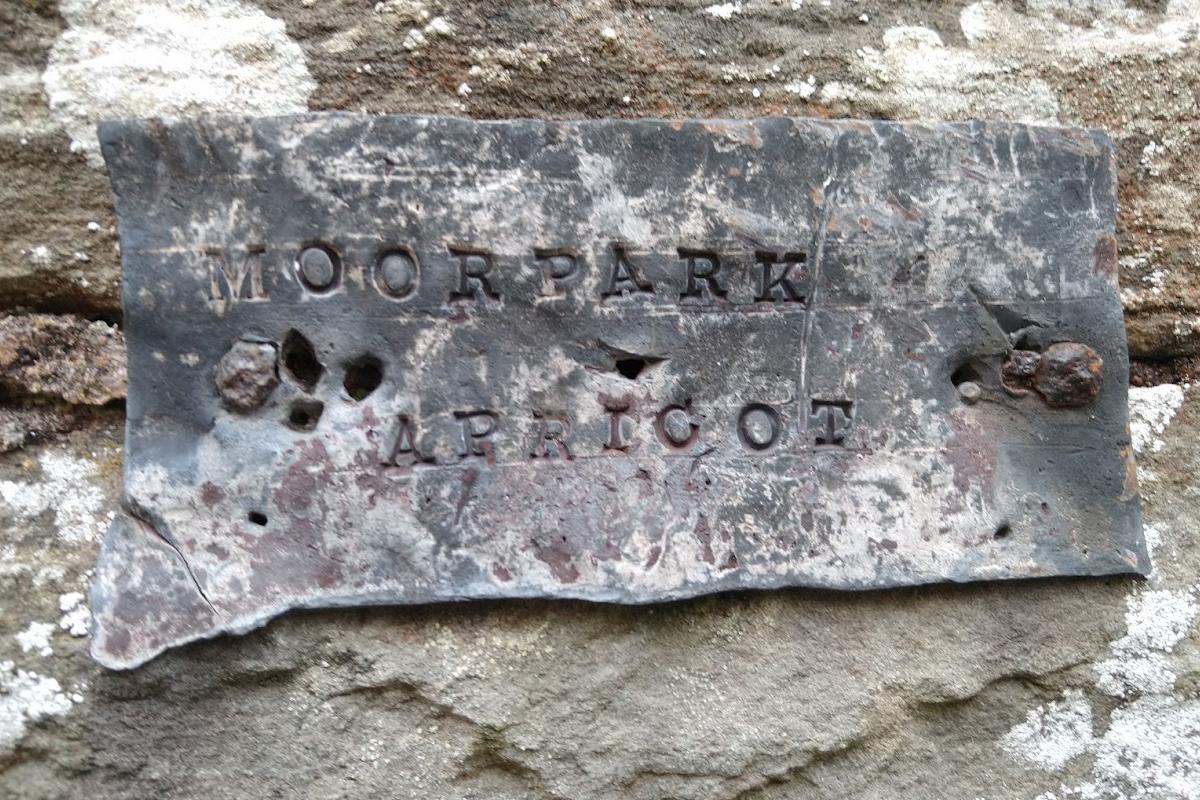
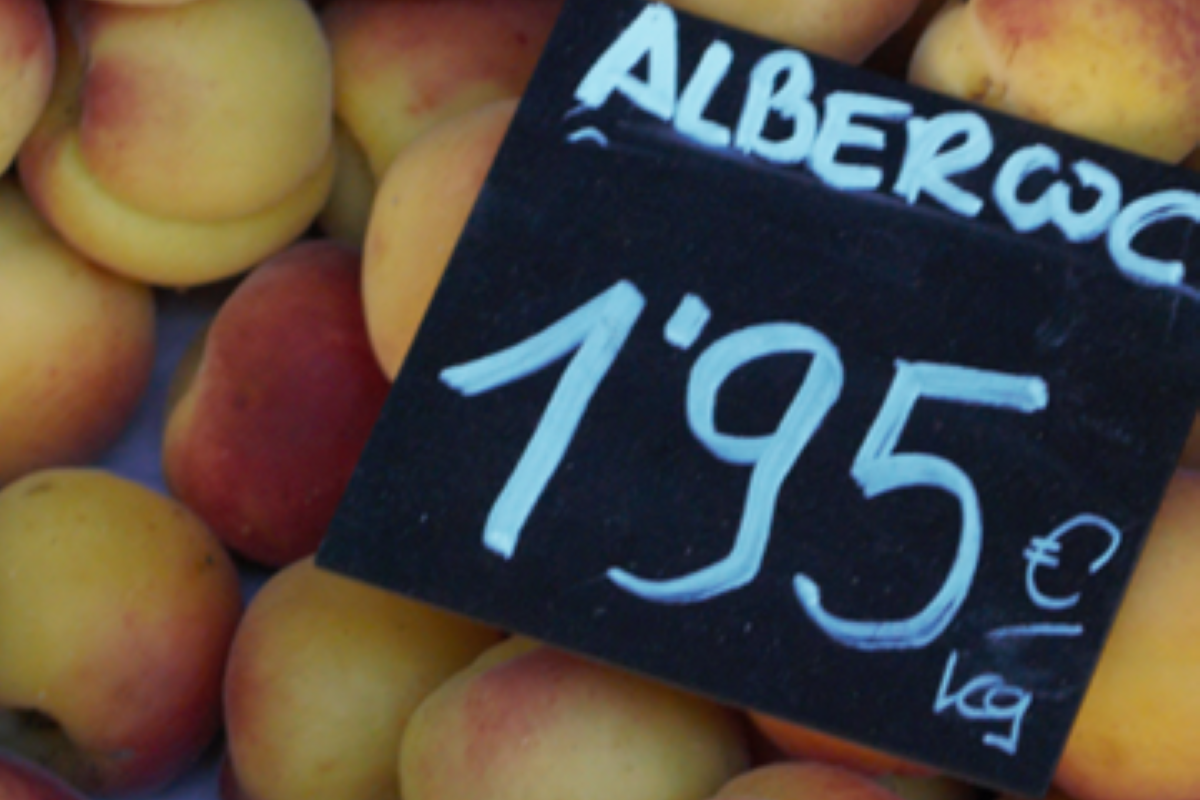
Sign for apricots and a punnet of apricots in Catalonia
Acknowledgements
Some of the information used in this article is based on the excellent research of others, including Ed Treasure, Dorian Fuller, Lisa Lodwick, Glynis Jones, Marijke van der Veen, Alexandra Livarda, and many others.

